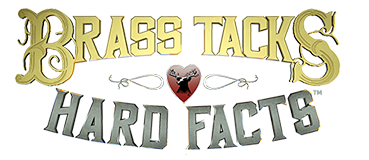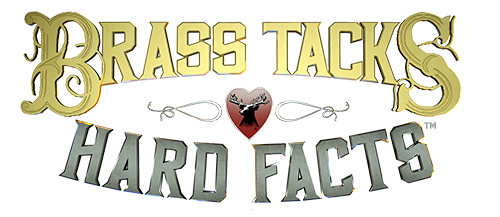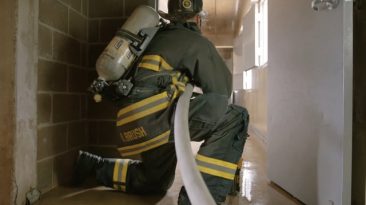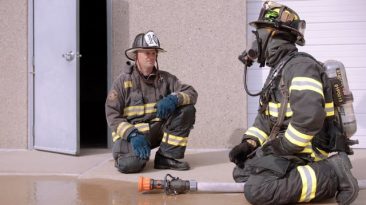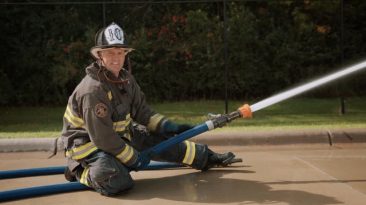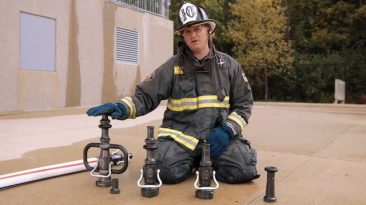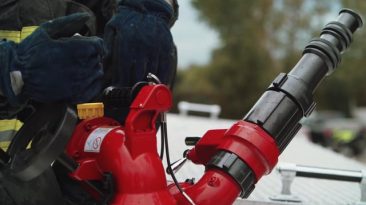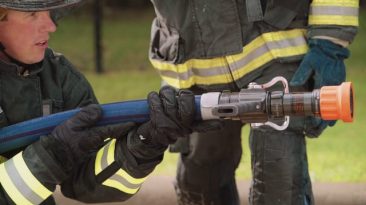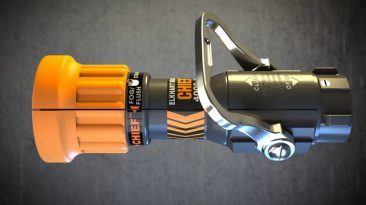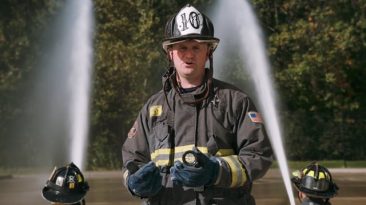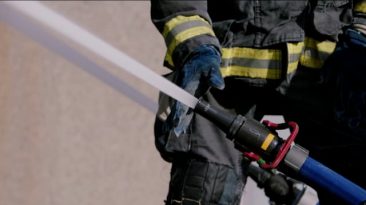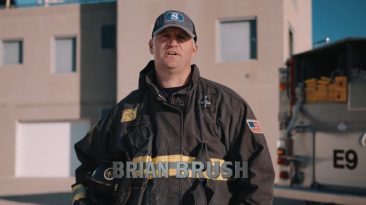Brian Brush explains why it is important to not get hung up on the “Spray and Pray” qualities of a nozzle stream when evaluating nozzles in a wide open space or parking lot.
INSTRUCTOR PROFILE - Brian Brush
Brian Brush is a Firefighter in Edmond, Oklahoma. With 20 years in the fire service from rural volunteer to metro sized departments Brian brings a wide scope of experience to his program ensuring it will apply to all.
Brian is a FDIC instructor, writes for Fire Engineering and provides training Nationally through Fire By Trade.
Confirming proper pressure, pattern, and volume from your nozzle is an important part of initiating your fire attack.
Nozzle/Hose Whip is a term often used for erratic movement and kinking in smaller, 1.5 coupling hand lines at the nozzle position. Often referred to as a "nozzle weight" problem; hose construction and diameter inconsistencies are often the greatest variables.
This video shows the evolution of the 2-1/2" smooth bore and what to consider when spec-ing out your high flow attack package.
Brian Brush discusses bringing efficiency and accuracy to your engine mounted master stream by the simple addition of a gate valve.
Great nozzle handling technique comes down to managing nozzle reaction through contact points, friction, and grounding of energy.
A MUST WATCH especially if you are running nozzles with screens on the inlets
While stream shapers are the norm for master stream nozzles to ensure adequate reach and penetration, in this video Brian Brush shows us the effects they have on your handline stream.
What type of shutoff balls are in your nozzle, and what does that mean in regards to your fire stream?
Brian Brush is a Firefighter in Edmond, Oklahoma. With 20 years in the fire service from rural volunteer to metro sized departments Brian brings a wide scope of experience to his program ensuring it will apply to all.
